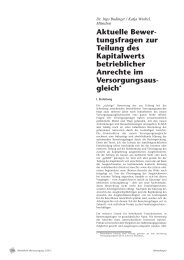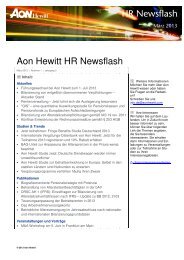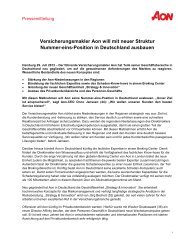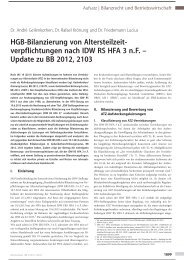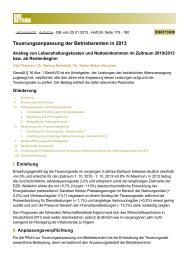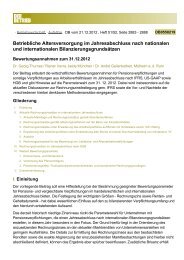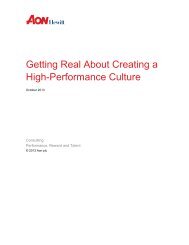Insurance-Linked Securities Report 2008 - Aon
Insurance-Linked Securities Report 2008 - Aon
Insurance-Linked Securities Report 2008 - Aon
You also want an ePaper? Increase the reach of your titles
YUMPU automatically turns print PDFs into web optimized ePapers that Google loves.
<strong>Insurance</strong>-<strong>Linked</strong> <strong>Securities</strong> <strong>2008</strong><br />
16<br />
While sponsor demand for the structure has always been strong, investors previously<br />
tempered the use of indemnity through higher risk premiums. However, investors have<br />
gained valuable experience in this market and many have expanded their modeling<br />
and analytic capabilities, increasing their acceptance of indemnity triggers. Many<br />
investors have developed internal modeling teams and currently license one or more<br />
catastrophe models. Additionally, modeling firms have released specific catastrophe<br />
trading models that investors are beginning to implement. Finally, many investors<br />
are evaluating new transactions using a multi-model approach, similar to traditional<br />
reinsurance markets.<br />
This increased acceptance, combined with the emergence of sophisticated sponsors<br />
willing to make significant disclosures regarding their claims payment practices,<br />
has improved the pricing and capacity gap between indemnity and non-indemnity<br />
transactions and sparked significant growth in indemnity securitizations.<br />
It is also important to note that investors showed a preference for transactions which<br />
featured quality underwriting, independent third-party modeling, and straightforward<br />
structures. Some recent transactions tested the market’s acceptance of different<br />
modeling approaches. One transaction, which relied on a proprietary internal model,<br />
was cancelled due to a lack of investor interest.<br />
Pros And Cons Of Indemnity Triggers<br />
Similar to other forms of securitization and reinsurance, indemnity triggers have<br />
a number of advantages and disadvantages. A complete understanding is vital to<br />
determining if it is the proper trigger for each sponsor.<br />
The primary benefit of an indemnity trigger is simple: payments are based on a<br />
sponsor’s actual losses, consequently reducing basis risk for the sponsor as compared<br />
to a non-indemnity structure (such as parametric or index structures). Additionally,<br />
as a risk transfer solution, indemnity cat bonds receive reinsurance accounting<br />
treatment with losses and recoveries accounted for as part of underwriting results.<br />
That said, indemnity triggers do have some drawbacks compared to non-indemnity<br />
triggers:<br />
• Higher risk premium. Due to additional uncertainties such as the ongoing<br />
management and underwriting policies of the sponsor, investors typically<br />
require a higher risk premium from indemnity bonds.<br />
• Complexity. Indemnity transactions are typically more complex to<br />
structure, which results in higher fractional costs, greater demand on<br />
sponsor resources, and an increased time to market.<br />
• More disclosure. Indemnity triggers also require increased sponsor<br />
disclosure, including current and historical policy and exposure<br />
information, underwriting and claims practices, risk management<br />
strategies, and relevant loss history.



